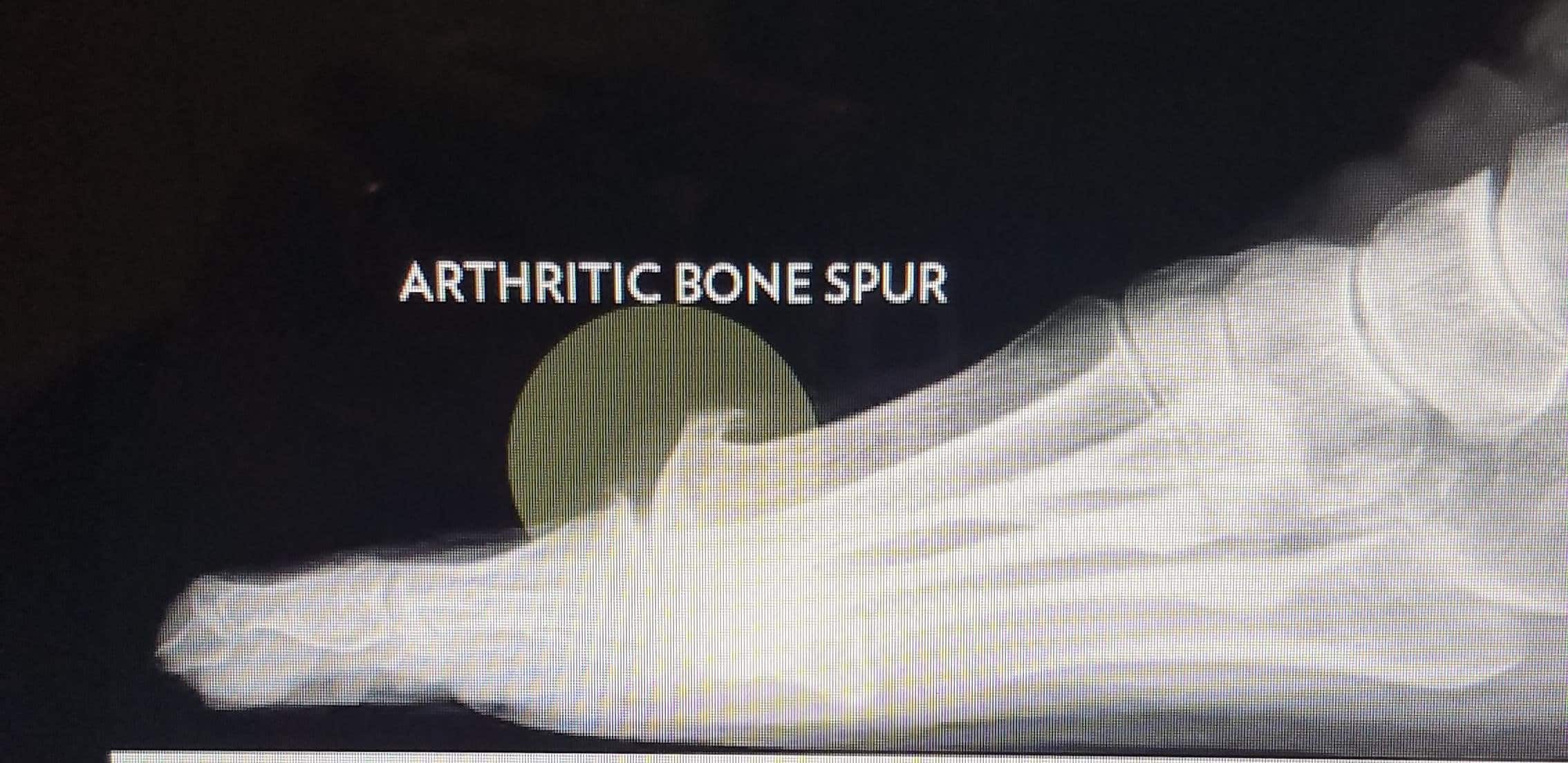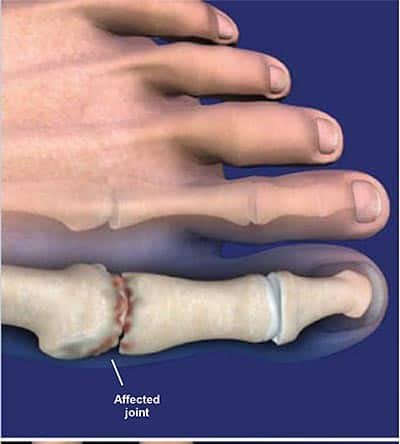Having painful stiff big toe joint is called hallux limitus can be a very painful condition. Fortunately, there are several treatments available for patients. If you are suffering from this condition, you can find out more about what treatments are available, as well as the signs and symptoms.
Treatment Options
Fortunately, there are treatment options for Hallux Limitus/Rigidus. These range from conservative to aggressive. Nonsurgical treatments include shoe modifications and orthotics.
The goal of nonsurgical treatment is to reduce pain and prevent further damage. Some people take over-the-counter anti-inflammatory medications to reduce swelling. Others use cortisone injections to decrease inflammation. Using custom orthotics to address the unique needs of Hallux Limitus patients can improve movement.
If pain and inflammation are severe, surgery may be the answer. Surgical treatments range from minimally invasive to reconstructive. Surgical procedures can improve the joint’s range of motion and eliminate pain.
Nonsurgical treatments include shoe modifications, anti-inflammatory medications, cortisone injections, and orthotics. Patients should also consult a foot and ankle specialist.
If a patient has advanced arthritis, surgery may be necessary to fuse the big toe. A synthetic cartilage implant can provide relief and improve function.
For people with mild arthritis, a cheilectomy can reduce pain and increase range of motion. This procedure removes bone spurs in the big toe. The surgery also preserves the joint’s motion.
The best treatment for hallux limitus is to prevent further damage from occurring. This means wearing shoes that fit well, and avoiding high-impact sports until the joint has healed. Also, icing the foot for 15 minutes can reduce swelling. The use of 3-D custom made orthotics to control foot function.
Symptoms
Whether you’re experiencing a limp, joint swelling, pain, or other Hallux Limitus symptoms, there are steps you can take to manage and alleviate your pain. In some cases, surgery may be required, but in most cases, there are treatments you can do at home.
Hallux Limitus is a foot condition that involves swelling and stiffness in the joint of the big toe. It can cause pain when you walk or squat. In the early stages, symptoms may be mild. However, as the condition progresses, pain will worsen.
Hallux Limitus symptoms can be caused by several different factors, including overuse or injury. Pain can also occur if you wear shoes that don’t fit properly. If your toes are too small for your shoes, they will pinch and place stress on your joints. Symptoms typically begin with inflammation and swelling in the joint. They will often worsen in the winter. In addition to the pain, Hallux Limitus symptoms may also include limited motion of the big toe, bone spurs, or swelling at the base of the toe.
Hallux Limitus symptoms may also occur as a result of a fracture, infection, or repeated gout attacks. If the condition is untreated, it can worsen and lead to Hallux Rigidus.Also incorrect walking can cause pain on the ball and outside of the foot.

Diagnosis
Using x-rays, a doctor can diagnose hallux limitus. The disease causes pain and stiffness in the big toe. This can make walking difficult and can lead to arthritis in the toe joint. There may be bone chips also in joint.
The early stages of hallux limitus can be treated with nonsurgical techniques. Ice and corticosteroid injections can help relieve pain. 3-D custom made orthotics can help change function of the foot to reduce pain.
Wearing shoes that are too tight can also cause hallux limitus. Shoes that pinch your toes can cause your big toe to be inflamed, which puts additional pressure on the joint. Wearing high-heeled shoes can also increase the pressure on the toe.
Hallux limitus can also be caused by a traumatic injury. You can be at risk if you have a family history of the disease. You should always wear shoes that fit your feet properly. If you have pain in the joint, wearing custom made orthotics can help ease the pain.
A doctor will also check your range of motion in your toe joint. If you have hallux limitus, your big toe may be too stiff to bend up. A doctor may also try corticosteroid injections to reduce inflammation in the joint.
It’s important to get a hallux limitus diagnosis as soon as possible. If left untreated, the condition can get worse. Symptoms can also include stiffness and a bump on the top of the foot.
We have offices in Overland Park and Kansas City. Dr. Bembynista is a Board Certified Podiatrist-Foot Doctor

